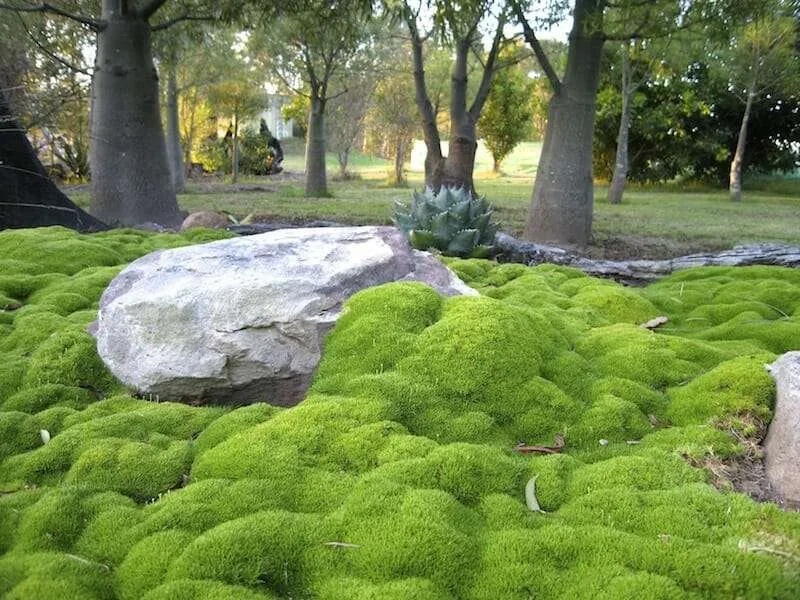Blue Flax, Linum lewisii
I can’t get enough of the blue flax in my yard, but it wasn’t always this way. With most other perennials, it’s a binary case of love or hate. With blue flax, though, it was more complicated.

I’m newish to Central Oregon, where I relocated after a lifetime of living on the East Coast, and unfamiliar with the plants native to this high desert region. Hydrangeas, a landscape leitmotif on the East, are rarely seen in these parts, but Linum lewisii, another plant with vividly blue flowers, peppers the landscape. I see blue flax thriving in the wild on the trails; swaying in the wind next to the the chain-link fence that surrounds the local high school track; and growing in my own front yard, where it was planted by the previous owners.

While I was immediately smitten with the delicate blue flowers (measuring just 1 to 1.5 inches across) that float over thin stems, I was less than happy to learn that they wither by day’s end. I have always had a bias for durable, long-lasting blooms, and these ephemeral flowers, with an expiration date that measures in hours (not even days), offended my practical sensibility. The thing is, the spent flowers are replaced the next morning with a flush of new blooms. All summer long, this 24-hour cycle of birth, death, and rebirth is repeated.

I’ve come to admire blue flax. Every morning, like a child waking up to look for fresh snow, I eagerly grab a cup of coffee and peer out our front window searching for the new blooms. Throughout the day, I check on them. And early evening, I do one last inspection to see if, by some miracle, they’re still around, gently swaying in the breeze. They never are. But come morning, I fill up my cup again—and delight in their rebirth.
Cheat Sheet

- Discovered by Meriwether Lewis (of Lewis and Clark fame) in the Rocky Mountains, Linum lewisii is commonly known as blue flax, wild blue flax, prairie flax, Lewis flax, and Lewis’s flax.
- The drought-tolerant, deer-resistant perennial is native to Western North America, growing wild in prairies and mountain trails.
- Grows to 18 to 30 inches tall, with needle-like blue-green leaves.
- Will readily self seed once established.
- Exhibits a clumping habit; looks best en masse or mingling in a dense planting with tall grasses.
- The cultivar commercially grown for its fibers, seeds, and oil is common flax (Linum usitatissimum), but blue flax’s seeds are edible, too, as long as you cook it first.
- Its bloom period covers a long span, from April to September (though in Central Oregon, where the last frost date was in late spring, mine didn’t start blooming until early June).
Keep It Alive

- Hardy from USDA zones 5 – 8.
- Extremely easy to grow, the wildflower is both cold-hardy and heat-tolerant.
- Fairly shade-tolerant but happiest in full sun.
- Drought-tolerant, it has low to medium water needs.
- Best planted in well-draining soil; preference for rocky or sandy conditions, dislike of clay soil or wet conditions.
- To prevent self seeding, prune almost down to the ground at the end of the growing season; if not a concern, leave them standing for birds to snack on during the winter and cut back in early spring.
See also:
- Virginia Bluebells: Native, Pretty, Shade-Tolerant—and Edible Too
- 8 Favorites: Blue Flowers for the Garden
- My Blue Heaven: 7 Favorite Bulbs to Plant Now for Blue Flowers in the Spring












Have a Question or Comment About This Post?
Join the conversation